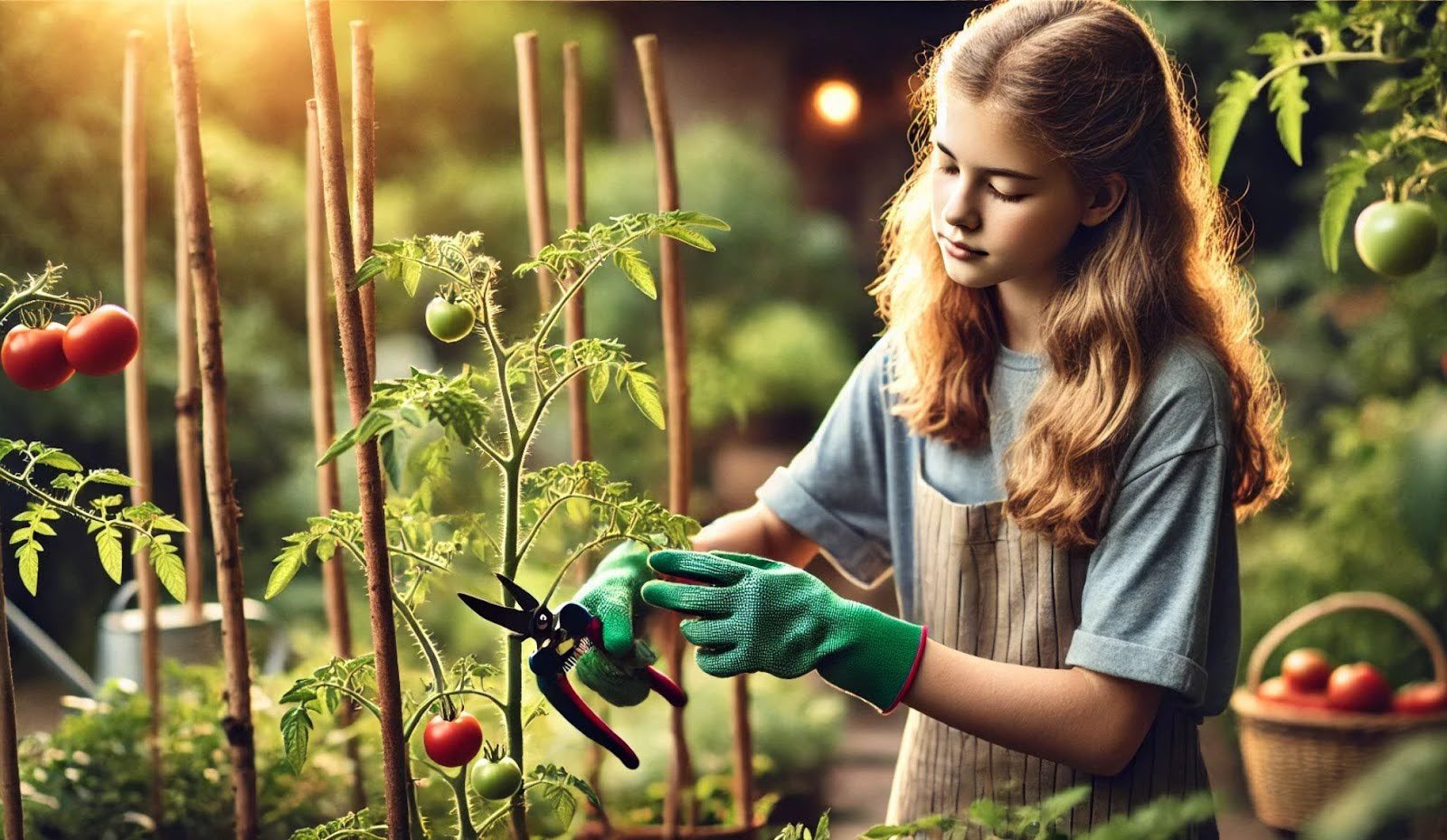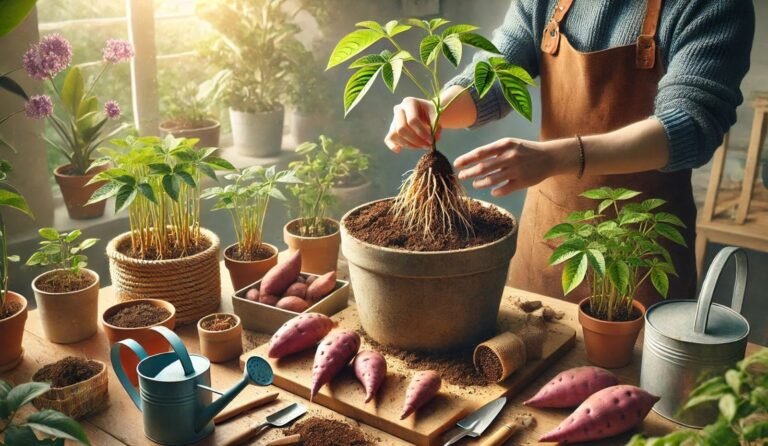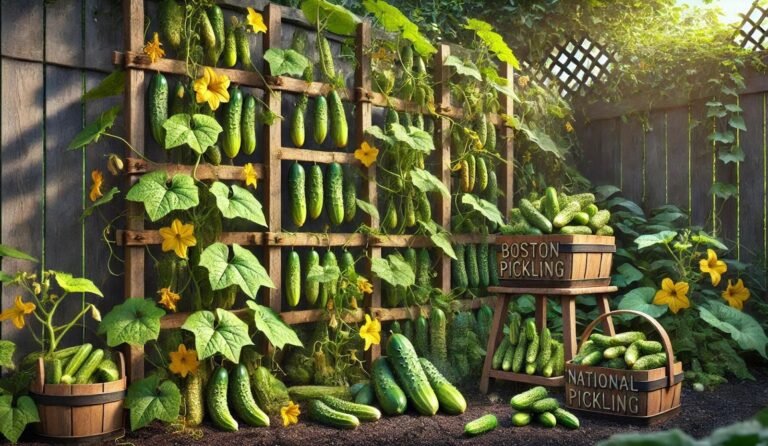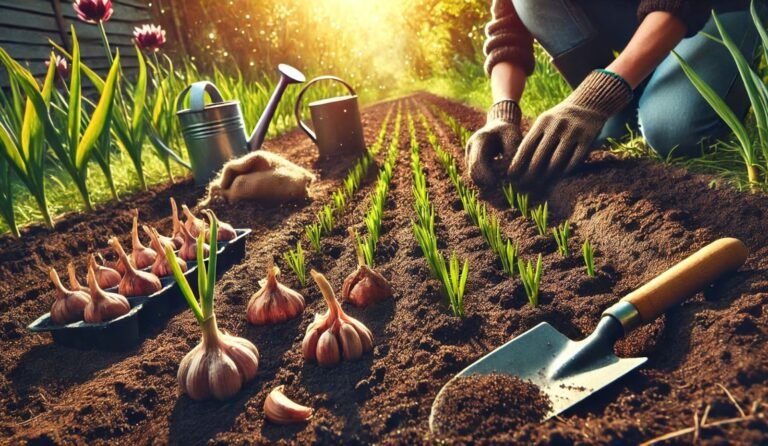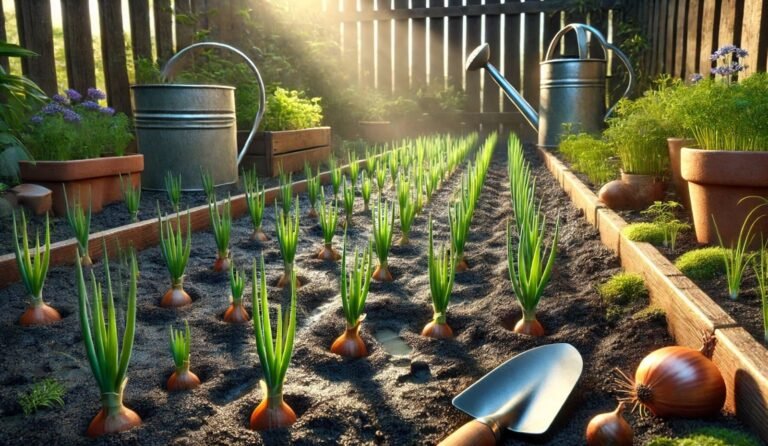How to Top Tomato Plants for Healthier, Bushier Growth
How to top tomato plants might sound like a bold move, but it’s the secret to a healthier, more productive garden. By trimming the top, you can focus your plant’s energy on growing better, bigger tomatoes instead of endless vines. Curious about when and where to make the cut?
Don’t worry—we’ve got you covered with simple steps anyone can follow. Ready to boost your tomato game? Let’s dive in and make your harvest the best one yet!
What is Topping Tomato Plants?
Before you know how to top tomato plants, you should know what topping is.Topping tomato plants is a gardening technique where the top portion of the plant’s main stem is removed. This process redirects the plant’s energy from vertical growth into lateral growth, improving fruit production and overall plant health.
What Does Topping Tomato Plants Involve?
Basic Concept: Cutting the main stem just above a specific node or truss.
Why It’s Done: Prevents plants from becoming too tall or unruly, ensuring better control and management.
Myths About Topping: Address common misconceptions, such as whether it harms the plant or reduces yield.
Pro Tip: This technique is particularly beneficial for indeterminate varieties, which grow continuously.
The Benefits of Topping Tomato Plants
Encourages Better Airflow and Sunlight Exposure
Topping reduces overcrowding, allowing air to circulate through the foliage. Proper airflow minimizes the risk of fungal infections and diseases, such as powdery mildew. Sunlight can reach all parts of the plant, which is essential for photosynthesis and fruit ripening.
Prevents Overly Tall, Weak Stems
When your plants are 6 feet tall and flopping over, topping them will help reduce some of that weight. They can get top-heavy in a hurry at the peak of the season, resulting in broken plants. Tall plants often become top-heavy, leading to bending or breaking under the weight of the fruit. Topping helps create a compact, manageable plant structure that’s easier to support with stakes or cages.
Redirects Energy to Fruit Production
By halting upward growth, the plant focuses its resources on producing larger, healthier fruit. Reduces the number of flowers, leading to fewer but higher-quality tomatoes.
Bigger Tomatoes
In the topping process, you’ll remove the blooms and tiny tomatoes (more on this in a bit!). This allows the remaining tomatoes to grow larger and sweeter. This is because the plant can divert all of its last resources into these tomatoes!
Did You Know?: Topping can result in earlier ripening since the plant has fewer flowers and fruits to nourish.
Ideal Timing for Topping Tomatoes
The Best Growth Stage to Top Your Plants
The ideal time to top your tomato plants is once they’ve reached the desired height, usually 4-5 feet for indeterminate varieties. For determinate varieties, topping is less common but can be done to encourage bushier growth.
Signs That Your Tomato Plant Is Ready for Topping
The plant has developed multiple trusses of flowers (typically 3-5 trusses). The height of the plant exceeds the support structure or desired height. Growth becomes too vigorous, overshadowing lower leaves or neighboring plants.
Quick Tip: Topping too early can stunt growth, while topping too late may not provide enough time for fruits to ripen.
Step-by-Step Guide: How to Top Tomato Plants
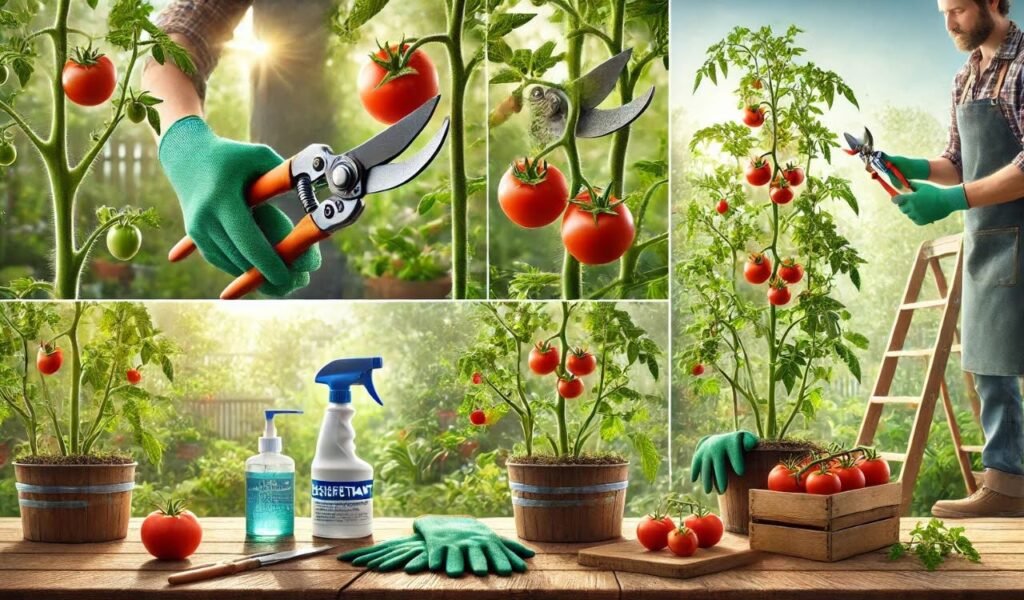
Tools You’ll Need
- Pruning Shears: Sharp, sterilized shears to make clean cuts and prevent infections.
- Gloves: Protect your hands from sap and potential irritants.
- Disinfectant: Clean your tools before and after use to avoid spreading diseases.
Choosing the Right Point on the Plant to Cut
Locate the topmost flower truss you want to keep. Cut the stem 1-2 inches above this truss to allow for future growth.
Proper Cutting Techniques to Avoid Damage
Make a clean, angled cut to prevent water from pooling on the wound. Avoid tearing or crushing the stem, which can invite pests and diseases.
Remove Small Flowers and Fruit
Now, look further down on the plant and if you find any other flowers or tiny, hard-as-a-rock green tomatoes, remove those as well. These won’t ripen in time before they freeze! They are just a waste of the plant’s energy at this point.
Post-Topping Care Tips
- Watering: Maintain consistent moisture to reduce stress on the plant.
- Fertilizing: Use a balanced fertilizer to support recovery and fruit development.
- Staking or Caging: Secure the plant to prevent it from toppling under the weight of the fruit.
- Extra Tip: Mulch around the base to retain soil moisture and suppress weeds.
What Not to Do When Topping Tomatoes
Topping Too Early or Too Late
Early topping can limit the plant’s ability to establish a strong root system and stem. Late topping might not leave enough time for fruits to develop and ripen.
Cutting Too Much of the Plant
Removing excessive foliage reduces the plant’s ability to photosynthesize, leading to stunted growth. Only top the main stem, leaving side shoots intact.
Neglecting Post-Topping Care
Ignoring aftercare can stress the plant and lead to reduced yields. Regularly check for pests and diseases, especially around the cut area.
FAQ
Should You Top Tomato Plants?
Yes, especially for indeterminate varieties, as it helps manage their height and improves fruit quality.
When to Top Tomato Plants?
Top when the plant reaches 4-5 feet in height or after the desired number of flower trusses have formed.
Is Topping Necessary for Tomatoes in Pots?
Absolutely. Potted plants have limited space for root and vertical growth, making topping even more crucial.
What’s the Difference Between Topping and Pruning?
Topping removes the main growing tip to limit height, while pruning focuses on removing unnecessary suckers and foliage to improve airflow.
Can Topping Reduce Yield?
While topping reduces the number of flowers, it increases the quality and size of the remaining fruits, often leading to a better overall yield.
Final Thoughts
How to top tomato plants is a rewarding practice that can help backyard gardeners and indoor growers achieve healthier, more productive plants. By understanding the process, timing, and aftercare, you can enjoy a bountiful harvest of delicious, homegrown tomatoes. Gardening is all about learning and experimenting, so don’t hesitate to try topping your plants and observe the results. With these tips in mind, your tomato plants are bound to thrive!

